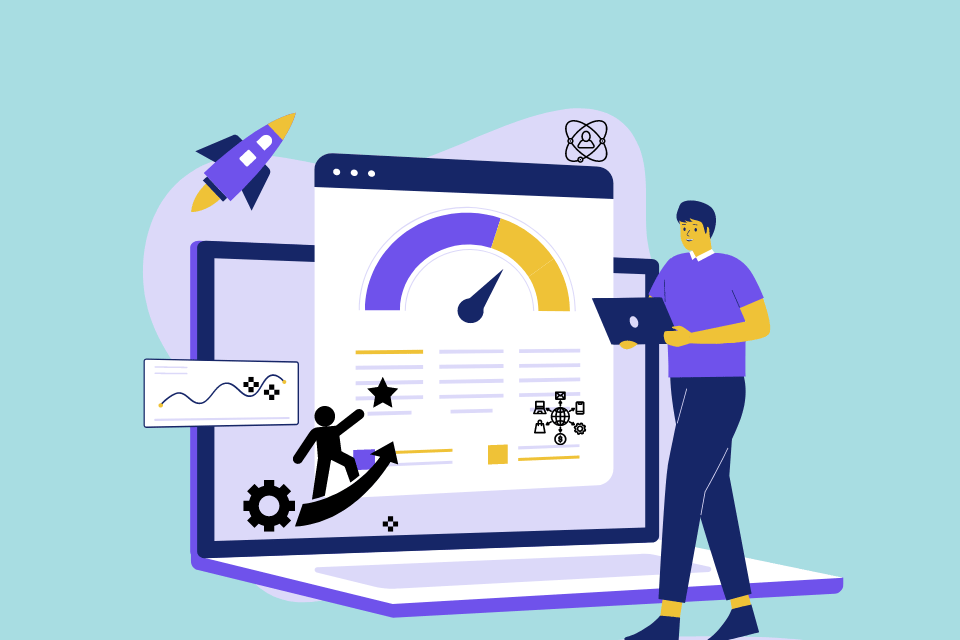Understanding Customer Lifetime Value (CLV): A Strategic Imperative for Modern Businesses

C-suite executives must grasp the critical importance of Customer Lifetime Value (CLV) to drive sustainable growth and maximize profitability. CLV is a powerful metric that quantifies the total worth of a customer to a business over the entire duration of their relationship. By focusing on CLV, organizations can shift their perspective from short-term transactions to long-term customer relationships, ultimately enhancing their bottom line.
The Fundamentals of CLV
At its core, Customer Lifetime Value (CLV) is a predictive measure that estimates the net profit attributed to the entire future relationship with a customer. This metric goes beyond immediate sales figures, encompassing the cumulative value of all purchases, referrals, and brand advocacy a customer may provide over time. By understanding and optimizing CLV, businesses can make informed decisions about customer acquisition, retention strategies, and resource allocation.
CLV in the Digital Age
In an era dominated by digital experiences (DX), CLV has taken on new dimensions. The proliferation of touchpoints across various digital channels has transformed how businesses interact with customers, making it imperative to consider CLV within the context of the overall digital experience. A robust digital experience strategy can significantly impact CLV by fostering customer loyalty, encouraging repeat purchases, and driving positive word-of-mouth.
Calculating CLV
While the concept of CLV is straightforward, its calculation can be complex, especially in the context of evolving digital experiences. A basic formula for CLV is:
CLV = (Average Purchase Value) x (Purchase Frequency) x (Customer Lifespan)
However, sophisticated CLV models incorporate additional factors such as:
- Customer acquisition costs
- Retention rates
- Discount rates
- Churn probability
- Cross-selling and upselling potential
By integrating these elements, businesses can obtain a more accurate picture of CLV and make data-driven decisions to enhance their digital experience offerings.
The Impact of Digital Experience on CLV
A superior digital experience (DX) can dramatically influence CLV by:
- Increasing customer satisfaction and loyalty
- Reducing churn rates
- Encouraging higher purchase frequency
- Facilitating cross-selling and upselling opportunities
- Generating positive reviews and referrals
By investing in exceptional digital experiences, businesses can create a virtuous cycle that boosts CLV and drives long-term growth.
Strategies to Enhance CLV through Digital Experience
To leverage the power of CLV in the digital realm, consider the following strategies:
- Personalization: Tailor digital experiences to individual customer preferences and behaviors, increasing engagement and loyalty.
- Omnichannel integration: Provide seamless experiences across all digital touchpoints to enhance convenience and satisfaction.
- Customer feedback loops: Continuously gather and act on customer feedback to improve digital experiences and address pain points.
- Loyalty programs: Implement digital loyalty programs that incentivize repeat purchases and long-term engagement.
- Predictive analytics: Utilize AI and machine learning to anticipate customer needs and proactively offer relevant products or services.
- Content marketing: Develop valuable, informative content that addresses customer pain points and positions your brand as a trusted authority.
- Customer service automation: Implement chatbots and AI-powered support systems to provide instant, 24/7 assistance, enhancing the overall digital experience.
Measuring and Monitoring CLV
To effectively leverage CLV, businesses must establish robust systems for measuring and monitoring this metric. Key performance indicators (KPIs) related to CLV and digital experience include:
- Customer retention rate
- Customer satisfaction scores
- Net Promoter Score (NPS)
- Average order value
- Purchase frequency
- Customer acquisition cost
- Churn rate
By tracking these KPIs and their impact on CLV, executives can gain valuable insights into the effectiveness of their digital experience strategies and make data-driven decisions to optimize customer value.
Hence, Customer Lifetime Value (CLV) is a critical metric that should be at the forefront of every C-suite executive's mind. By understanding and optimizing CLV through enhanced digital experiences, businesses can drive sustainable growth, increase profitability, and gain a competitive edge in today's digital-first marketplace. Embracing CLV as a core business philosophy and aligning it with your digital experience strategy will set the foundation for long-term success and customer-centricity in the digital age.




